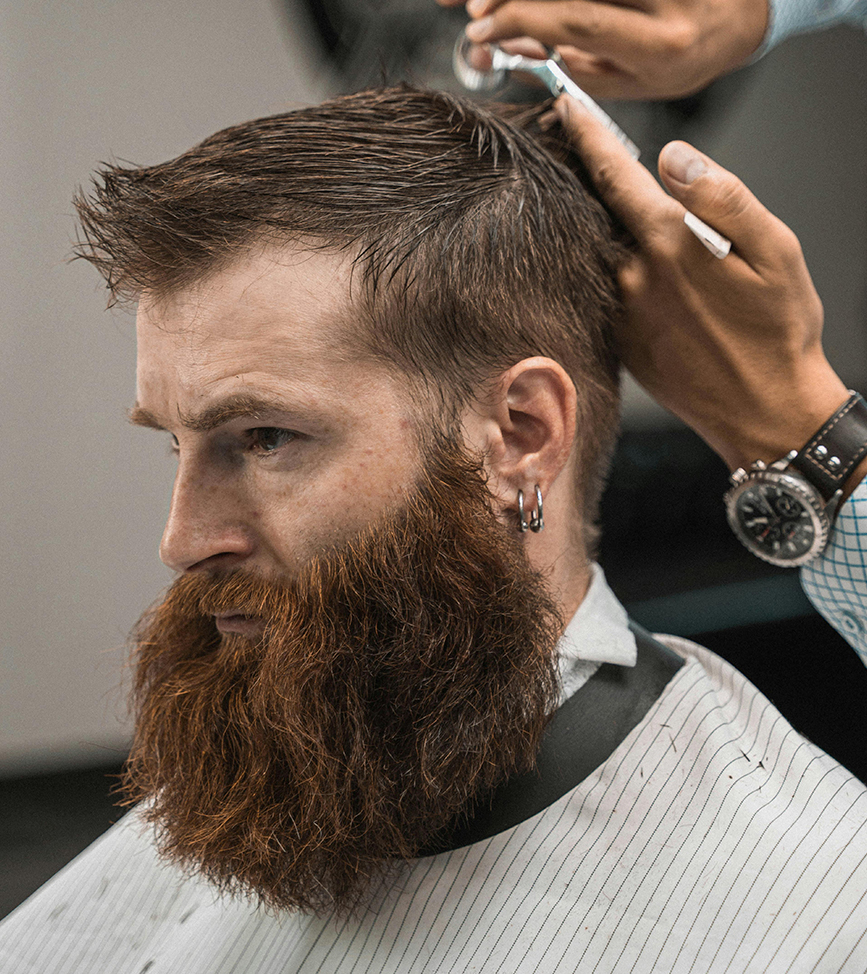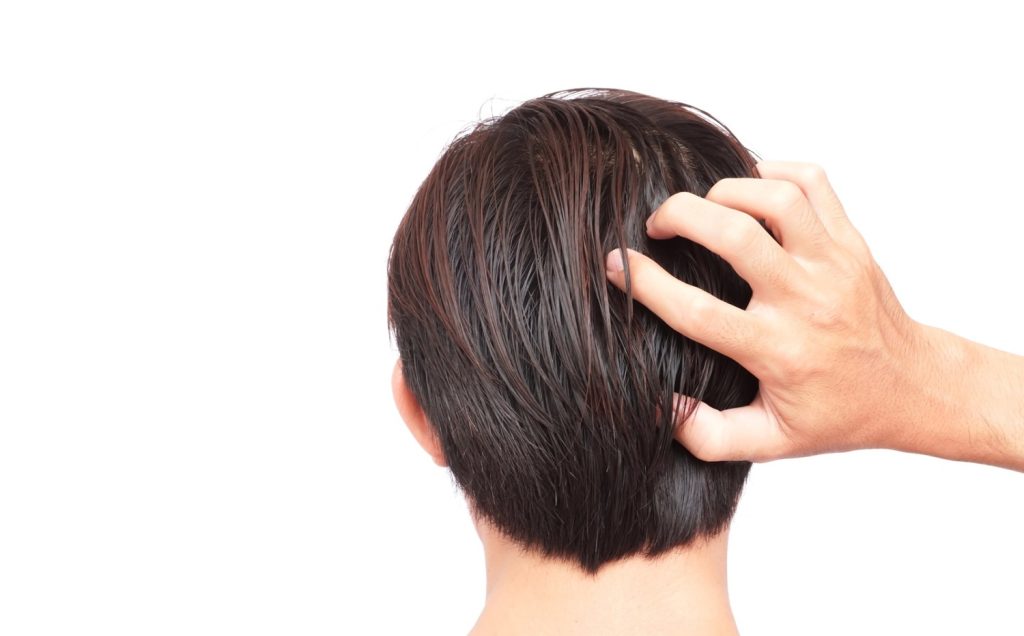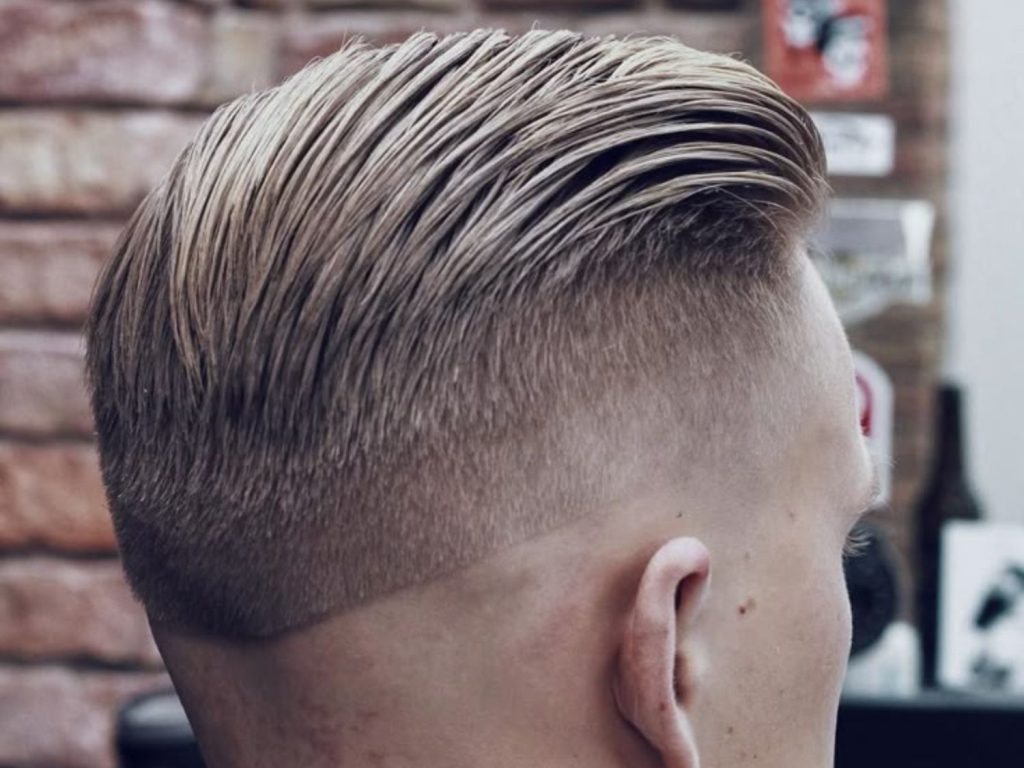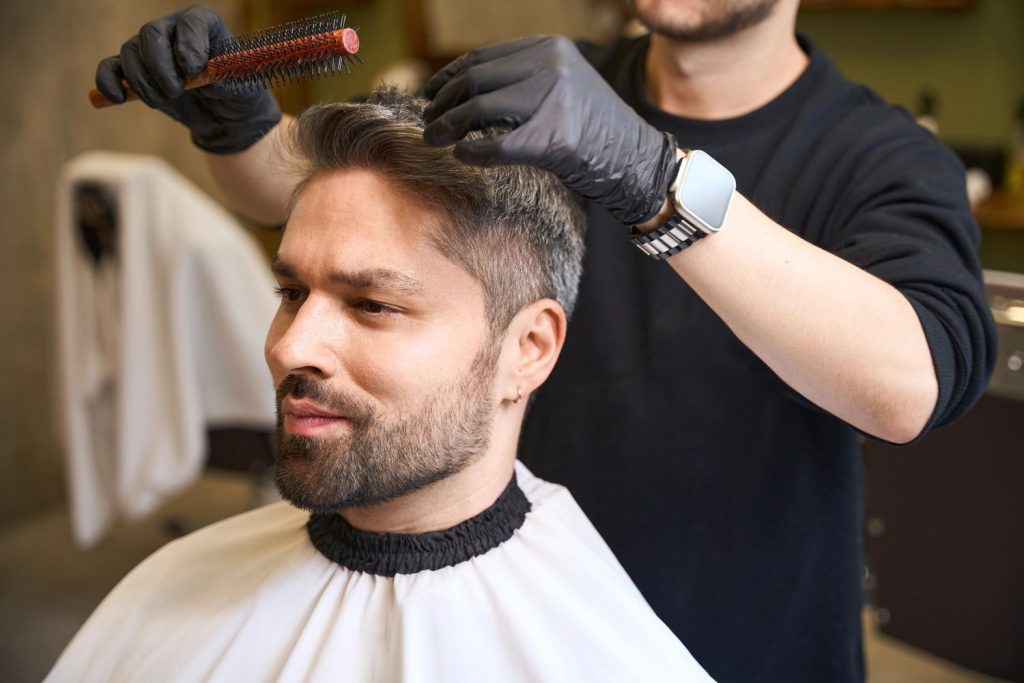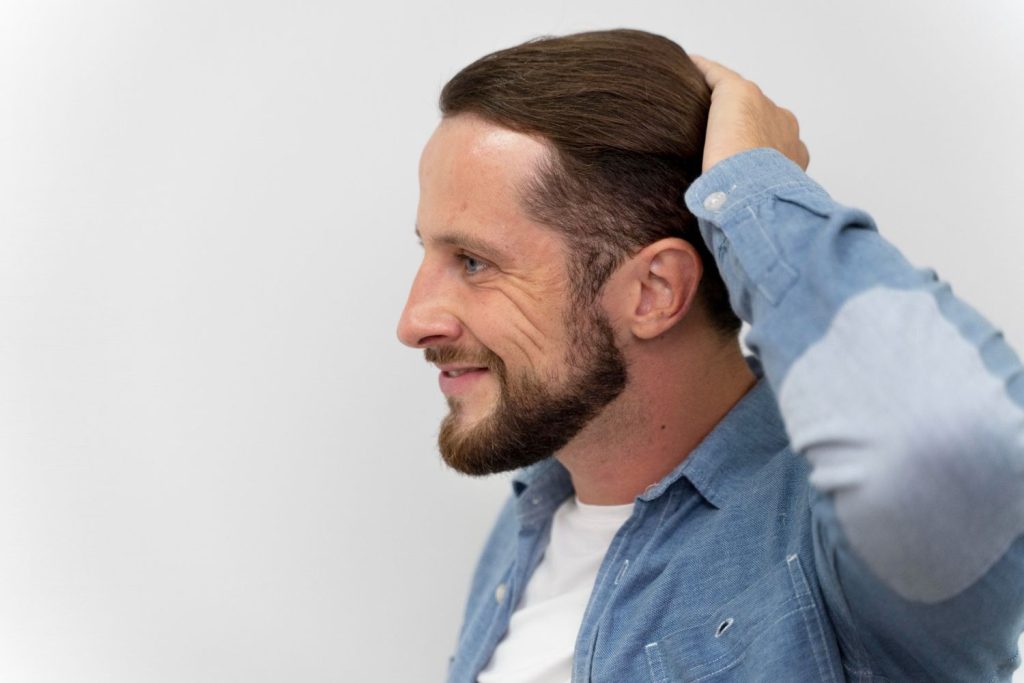Does Hair Replacement Really Work?
July 24, 2025
Hair loss is more common than many people think. By age 35, two-thirds of men experience noticeable hair thinning, and by 50, about 85% show significant hair loss. Women aren’t exempt either—about 40% of hair loss sufferers are female. Beyond the physical changes, hair loss can take a toll on emotional well-being, confidence, and how people perceive themselves in professional and social settings. Modern hair replacement solutions are designed to meet a range of needs—from covering bald spots to restoring natural hairlines. While some methods focus on cosmetic improvement, others offer medically supported regrowth. Understanding whether these solutions truly work means exploring the science, success rates, and real-world feedback behind them.
Understanding Hair Replacement: What Are the Options?
Hair replacement isn’t a one-size-fits-all solution. The choice depends on budget, expectations, lifestyle, and the extent of hair loss.
1. Non-Surgical Hair Replacement
Non-surgical methods are favored for being non-invasive, accessible, and customizable. Here’s a breakdown:
Hair Systems and Wigs
Custom-designed hairpieces offer a full head of hair instantly. Unlike old-fashioned wigs, today’s systems are crafted using advanced technology to match natural hair in texture, color, and density. Some high-end models even use medical-grade adhesive for secure, long-term wear.
Many hair systems are semi-permanent, meaning they stay on for weeks at a time. They require proper maintenance such as regular cleaning, reattachment, and styling, typically done at specialized salons or clinics. For individuals not ready for surgery or with medical conditions preventing it, hair systems can provide a natural and confidence-boosting solution.
Hair Fibers and Concealers
These products cling to existing hair and instantly create the appearance of volume. They work well for thinning areas but not for complete baldness. Though easy to apply at home, fibers may shift or wear off with sweat or rain, which means daily application and touch-ups may be needed.
Topical Treatments like Minoxidil
Minoxidil (sold under brands like Rogaine) is one of the most widely used over-the-counter hair regrowth products. It increases blood flow to hair follicles and extends the growth phase of hair. While not a cure, it has been shown to regrow hair in about 40–60% of users over a 3 to 6 month period. It works best for crown thinning and needs to be used continuously to maintain results.
Laser Therapy Devices
Low-level laser therapy (LLLT) stimulates cellular activity in hair follicles. FDA-cleared devices like laser combs or helmets can improve hair density over time. These are typically used at home several times a week, and although results are subtle, some users see reduced shedding and minor regrowth. However, the scientific support is still limited compared to other treatments.
2. Surgical Hair Replacement
Surgical procedures involve relocating hair follicles from one part of the scalp (usually the back or sides) to areas with thinning or no hair. These are typically more permanent and natural in appearance but come with higher costs and longer recovery times.
Follicular Unit Transplantation (FUT)
In FUT, a strip of scalp is removed, and hair follicles are extracted from it and grafted into balding areas. This method allows for a large number of grafts in a single session and is generally recommended for advanced hair loss. The downside is a linear scar on the donor site, which may be visible with short hairstyles.
Follicular Unit Extraction (FUE)
This method involves extracting individual follicles directly from the donor area using tiny punches. FUE is less invasive, leaves minimal scarring, and offers a quicker recovery. It’s suitable for those wanting a more discreet procedure. However, it may require more sessions for similar coverage compared to FUT.
Scalp Reduction
Once popular, this involves surgically removing balding sections and stretching adjacent hair-covered areas to cover the gap. Due to its invasive nature and the rise of FUE and FUT, scalp reduction is now rarely performed.
How Effective Are Hair Replacement Methods?
Non-Surgical Effectiveness
These methods deliver instant results in appearance, making them ideal for people who want a fast solution without the risks of surgery.
- Hair systems are highly effective when custom-fitted. They allow freedom in styling and look natural in most cases. Some even mimic the scalp, making detection nearly impossible.
- Fibers and concealers are great for temporary fixes but don’t hold up well in heat, rain, or high activity.
- Minoxidil effectiveness depends on the user’s responsiveness and the consistency of application. Results usually show after 4–6 months and must be maintained or hair loss will resume.
- Laser therapy may improve the strength and diameter of existing hair shafts but typically won’t reverse advanced baldness.
Surgical Effectiveness
When performed by experienced professionals, hair transplants have very high success rates.
- FUE and FUT produce natural-looking, permanent results. The implanted hair continues to grow normally and can be cut, dyed, and styled.
- Success depends on the quality of donor hair, surgeon’s skill, and post-operative care.
- Many patients report a 90–95% survival rate for transplanted follicles, meaning almost all of the implanted hairs grow long-term.
- Full results typically take 12–18 months to appear but can last a lifetime with proper care.
Pros and Cons of Hair Replacement
Pros
- Instant or gradual results depending on the method.
- Customizable solutions to fit all levels of hair loss and personal preferences.
- Improved appearance and confidence, often leading to better social interactions.
- Advances in technology have made even non-surgical options look more natural and less detectable.
Cons
- Non-surgical solutions require ongoing maintenance, often monthly appointments or daily routines.
- Surgical procedures involve downtime, costs, and minor risks such as infection or uneven growth.
- Some treatments, like Minoxidil, don’t work for everyone and must be used indefinitely.
- High-quality hair systems and transplants can be costly, especially when considering long-term use.
What Influences Hair Replacement Success?
1. Type of Hair Loss
Different types of alopecia respond differently:
- Androgenetic alopecia (male/female pattern baldness) is most responsive to treatments.
- Alopecia areata (autoimmune hair loss) might not be treatable through surgery.
- Scarring alopecia often requires specialist input as the follicles are damaged.
2. Age and General Health
Younger patients may not be ideal for surgery, as their hair loss pattern isn’t fully developed. Chronic illnesses, scalp infections, or poor wound healing can also affect outcomes.
3. Realistic Expectations
Hair restoration can enhance appearance, but it won’t bring back the same density you had as a teenager. Managing expectations helps ensure satisfaction post-treatment.
4. Provider Experience and Facility Standards
Choosing a skilled provider with proper credentials is crucial. Clinics that use advanced equipment and follow sterilization protocols help minimize risks and deliver better results.
Costs Involved in Hair Replacement
Here’s a more detailed look at costs across various methods:
| Treatment Option | Estimated Cost (USD) | Maintenance Needed? |
| Hair System (custom) | $800–$3,000 per unit | Yes – Monthly servicing |
| Hair Fibers | $20–$50/month | Yes – Daily application |
| Minoxidil | $30–$60/month | Yes – Continuous use |
| Laser Devices (LLLT) | $200–$800 (one-time) | Yes – Regular sessions |
| FUE Transplant | $5,000–$15,000 | Minimal – Post-op care only |
| FUT Transplant | $4,000–$12,000 | Minimal – Post-op care only |
Note: Prices vary by location, provider experience, and treatment complexity.
Who Should Consider Hair Replacement?
Hair replacement is a suitable option for:
- People with stable hair loss patterns (especially for surgical options)
- Those who want a non-invasive appearance fix (via wigs or systems)
- Individuals with adequate donor hair for transplantation
- Anyone who understands the costs and maintenance involved
- Those looking for confidence-boosting appearance changes
Number One Barber Shop Serving the Perez Community and Beyond in Stafford
Number One Barber Shop is dedicated to serving the diverse needs of the local community of Stafford, including individuals residing in neighborhoods like Perez. With its convenient location near landmarks such as the RCCG Jesus House and major intersections like S Main St. & Brand Ln. (coordinates: 29.62448240000001, -95.57730049999999), we offer men’s wig Stafford services.
Get Men’s Wig Stafford Services at Perez Now
Navigate from Perez to Number One Barber Shop Now
Final Thoughts:
Hair replacement absolutely can work—but success hinges on choosing the right method and provider.Non-surgical methods offer convenience and fast improvements but need consistent upkeep. Surgical options deliver permanent and natural-looking results but require a bigger financial and time commitment.Ultimately, the best results come when the treatment is matched to your individual needs, hair loss type, lifestyle, and budget. Always consult with a qualified hair restoration specialist to ensure you’re making the most informed decision.
Frequently Asked Questions (FAQ)
1. How long do hair replacement systems last?
With proper care, hair systems can last 6–12 months. Lower-end models may need replacing sooner.
2. Is hair transplant surgery painful?
Most patients describe only minor discomfort. Local anesthesia is used, and any post-surgical soreness typically fades in a few days.
3. Can I exercise or swim with a hair replacement system?
Yes, but make sure the adhesive is waterproof. Many systems are designed for active lifestyles.
4. What’s the best age for a hair transplant?
Most doctors recommend waiting until at least age 25, when hair loss patterns are more predictable.
5. Will the transplanted hair fall out again?
The transplanted hair is resistant to the hormone DHT (which causes most hair loss) and is considered permanent, although surrounding native hair may still be thin.
Refine Your Style with Expert Barbershop Care
Our expert barbers are dedicated to providing you with a personalized experience that brings out your best look, every time. Whether you're in for a sharp haircut, a refreshing shave, or a relaxing facial, we take the time to understand your style and tailor our services to match your unique preferences.


